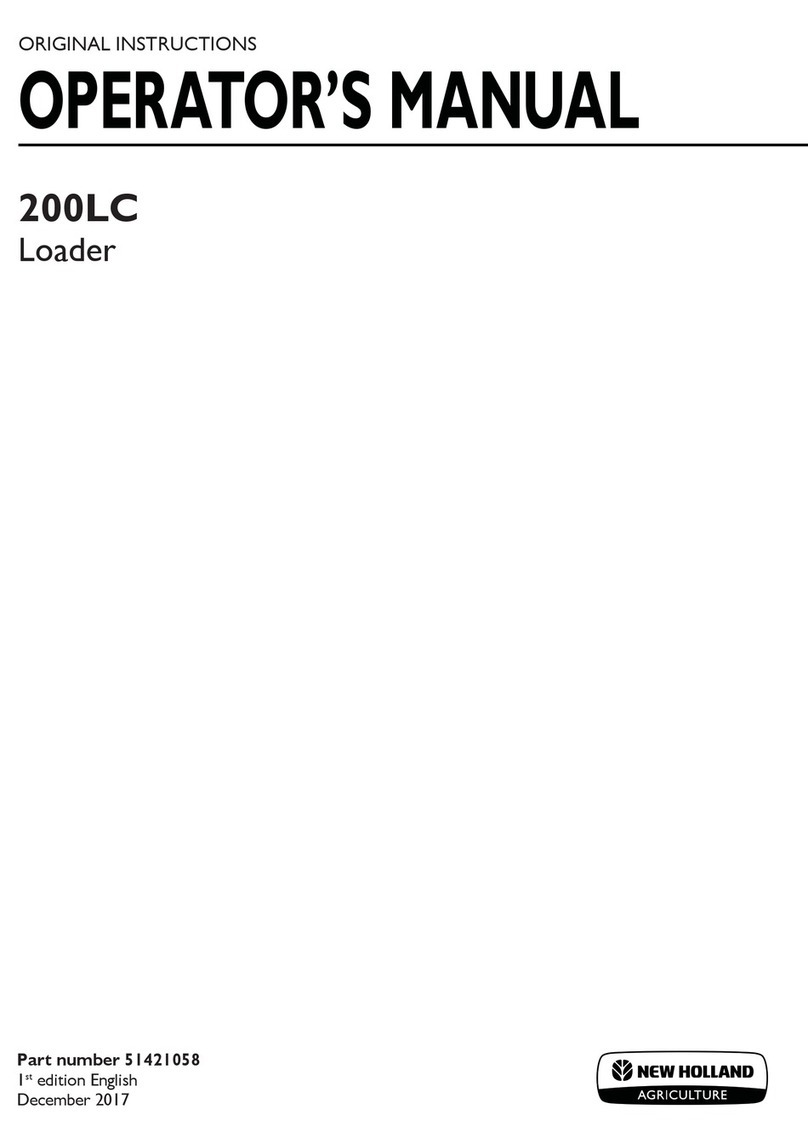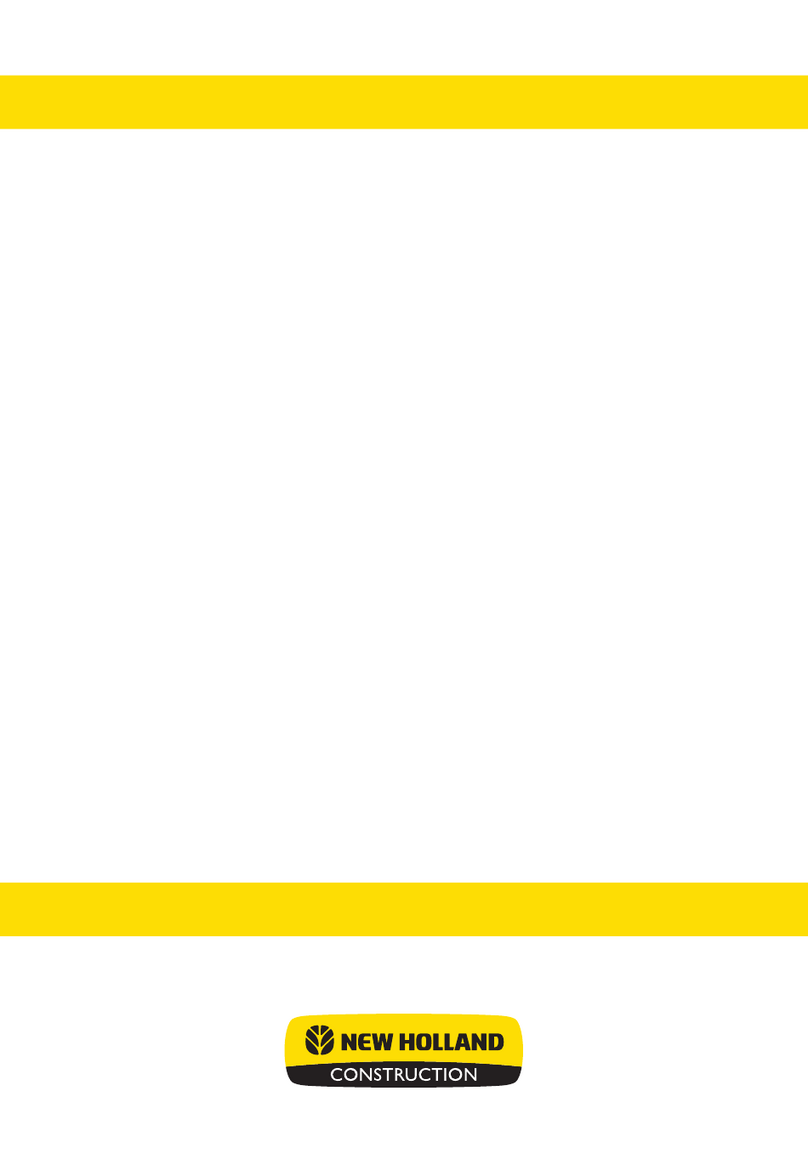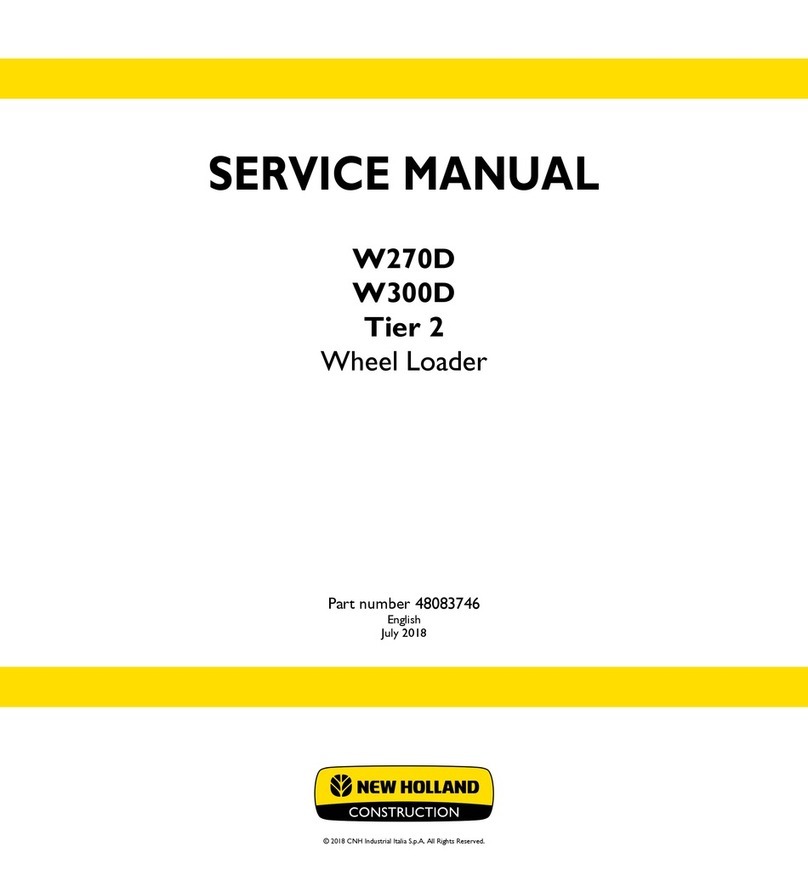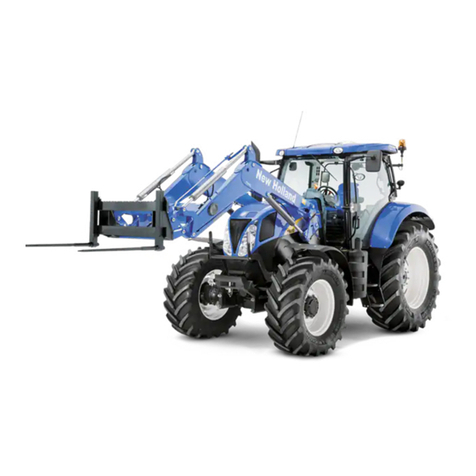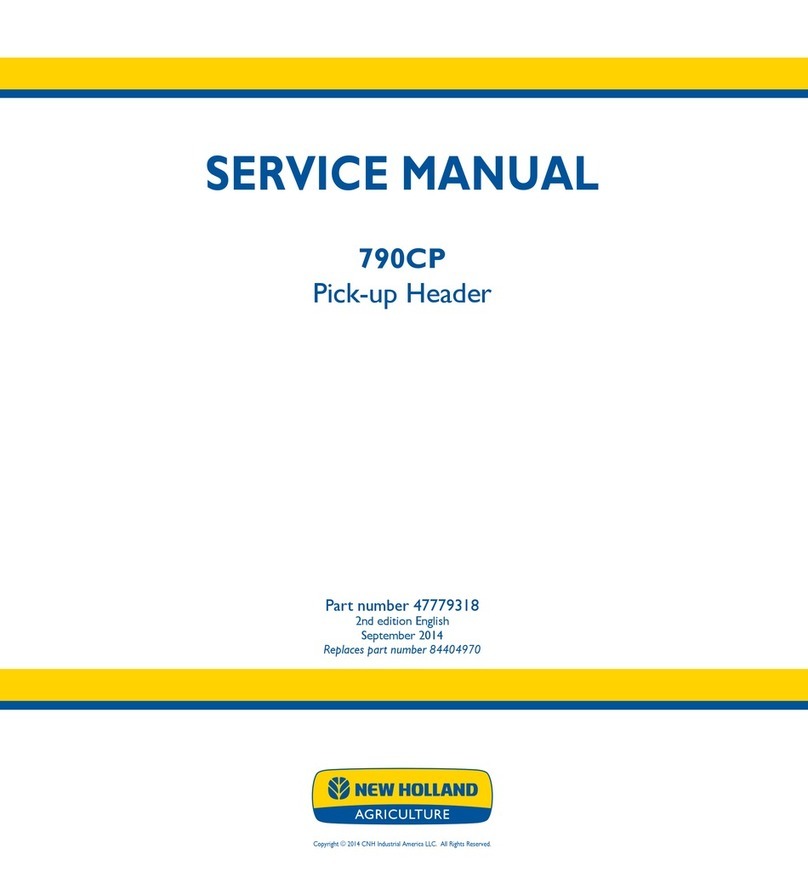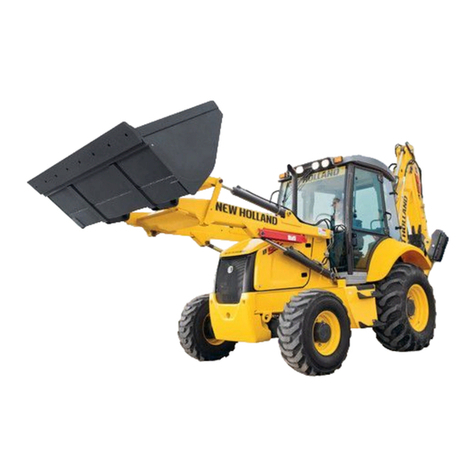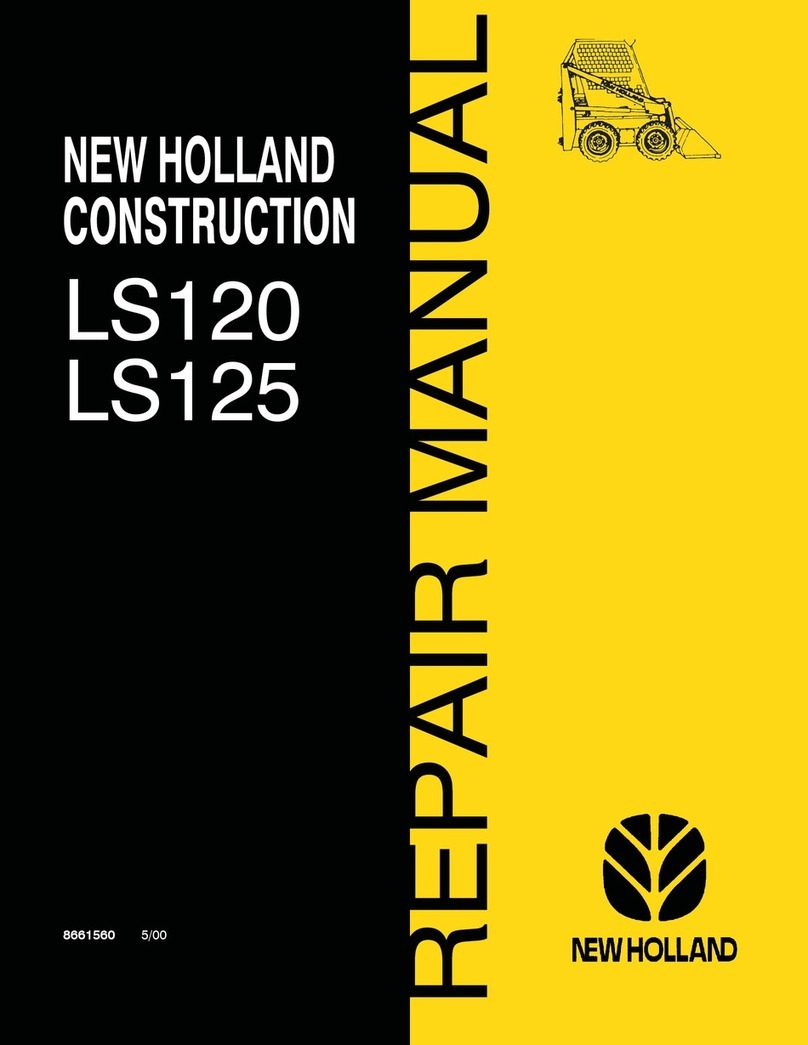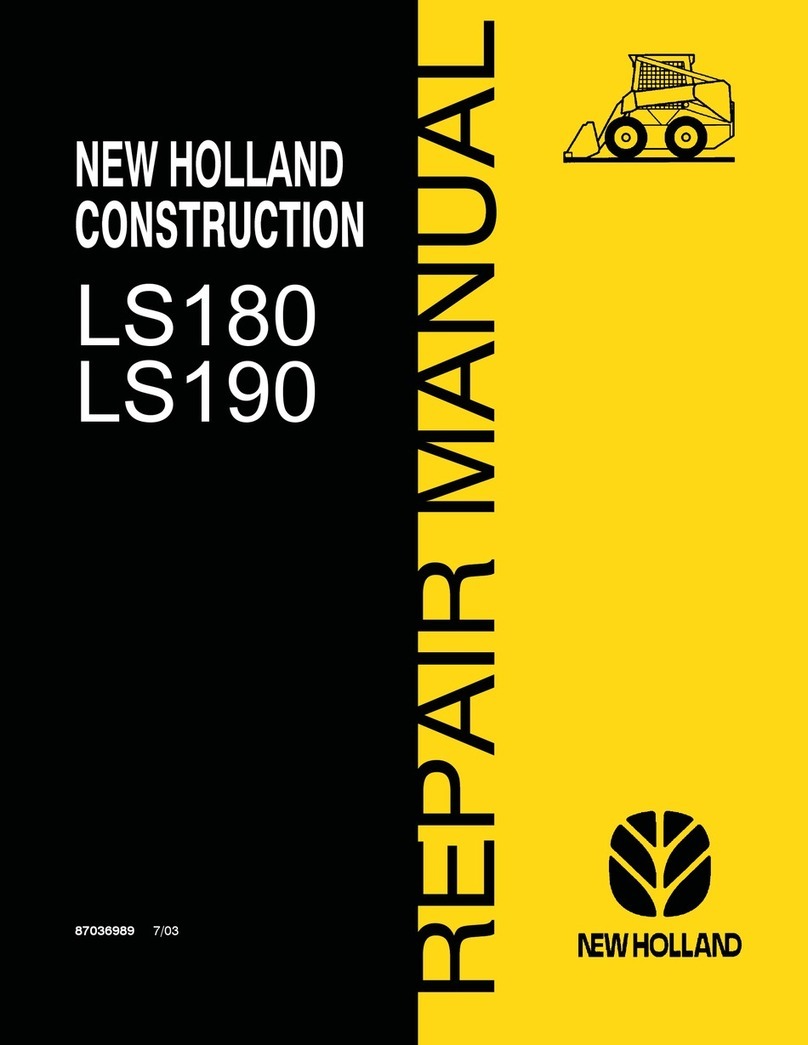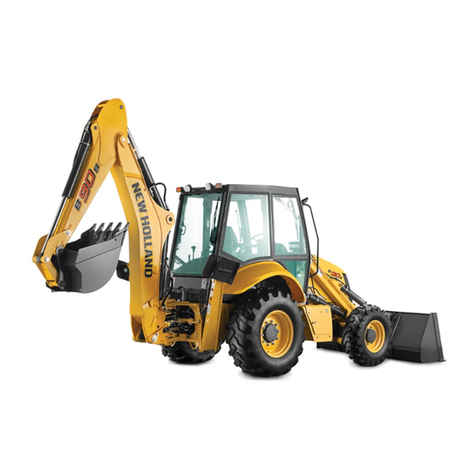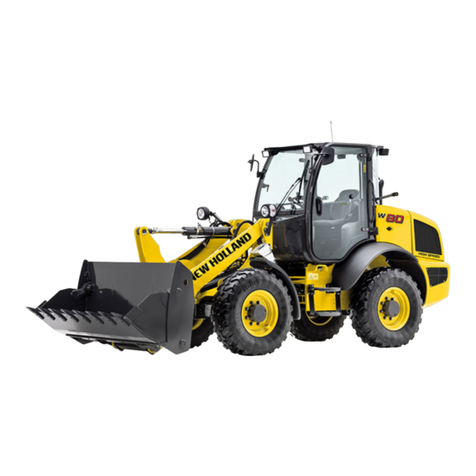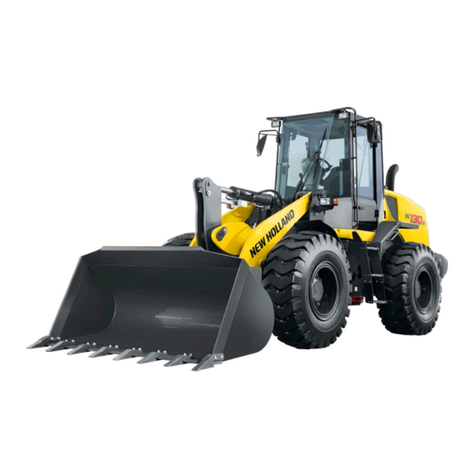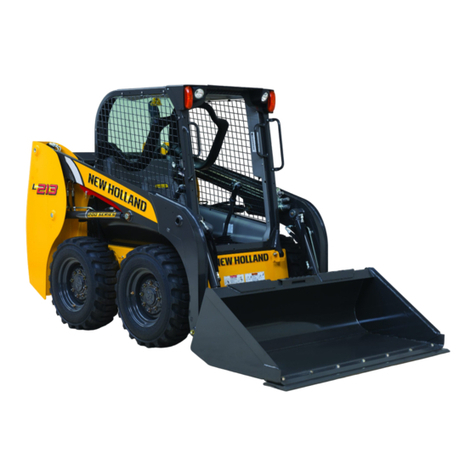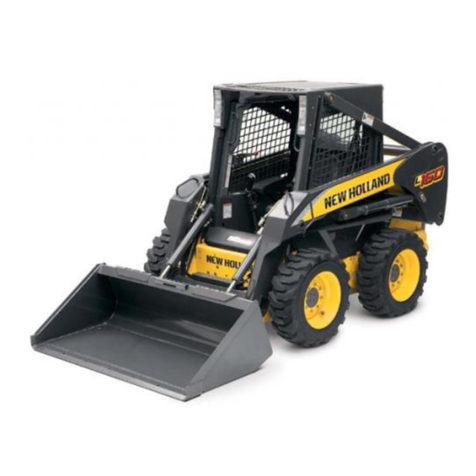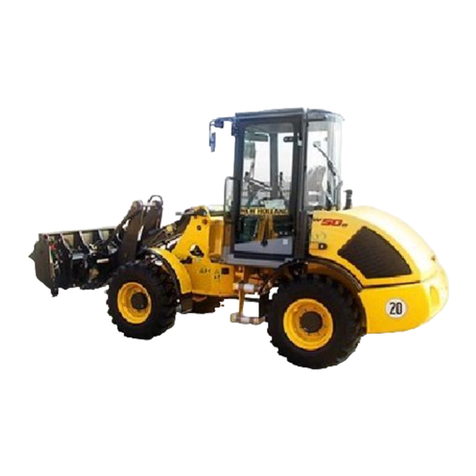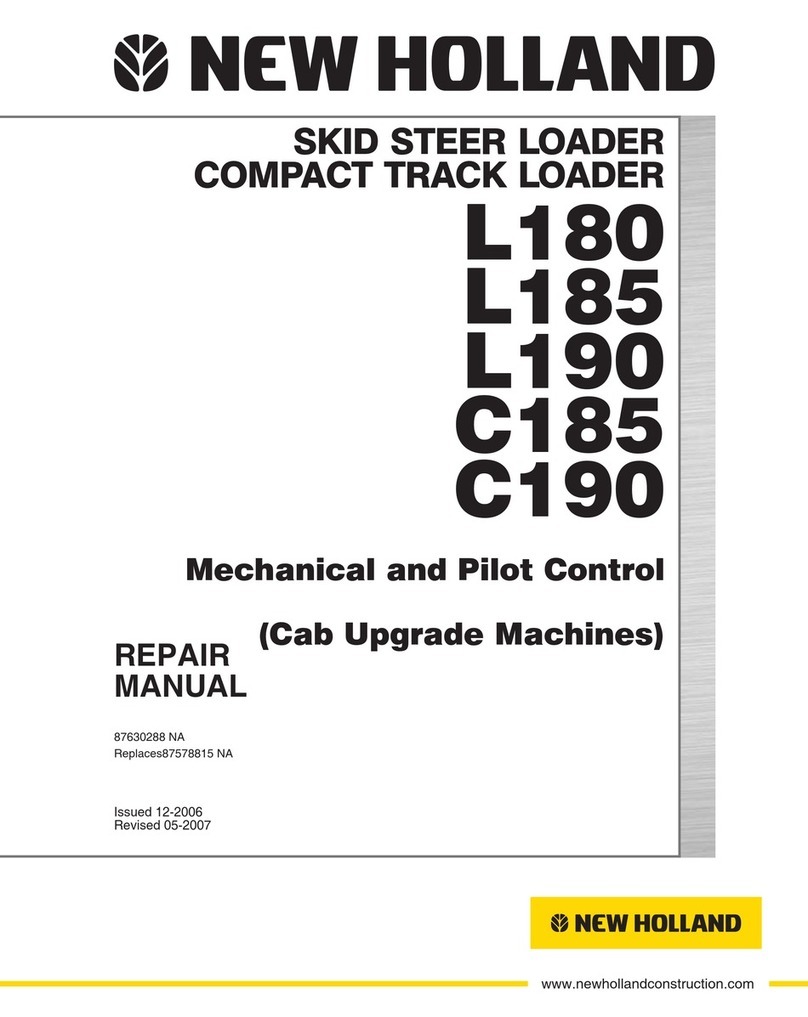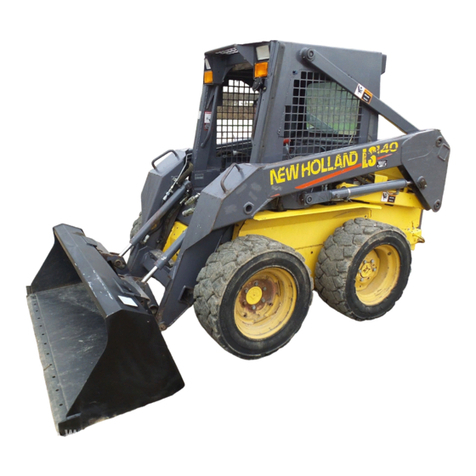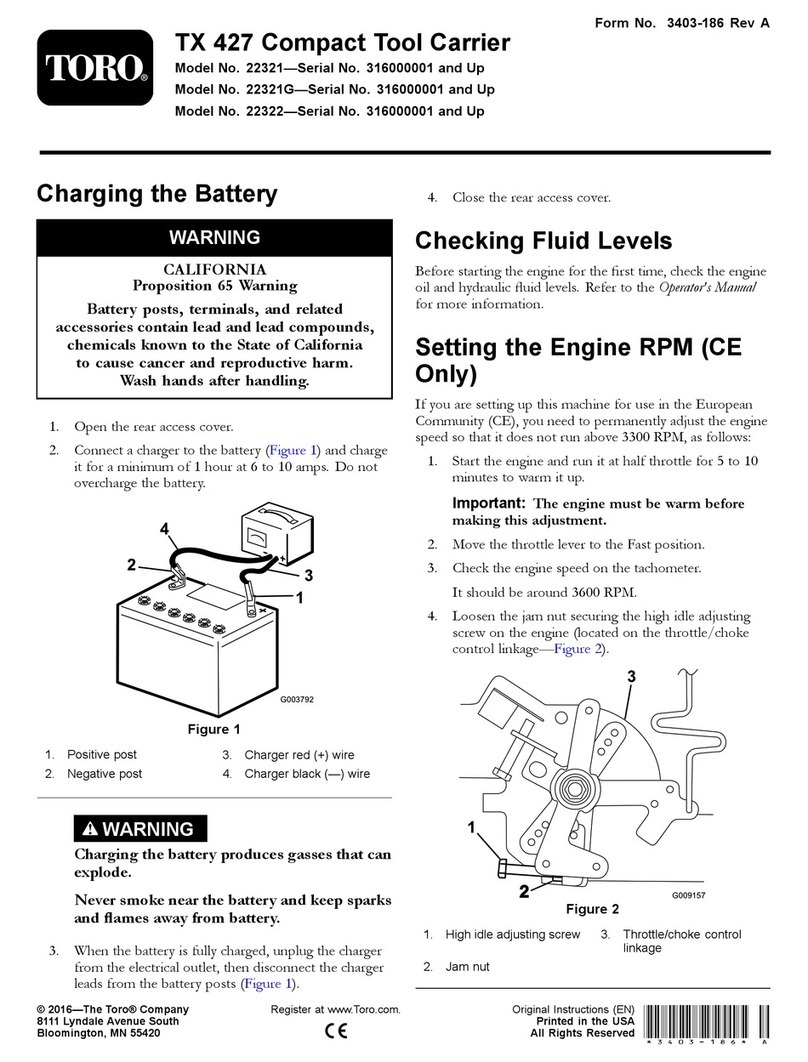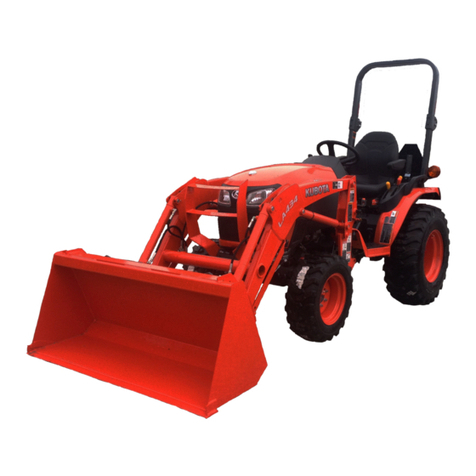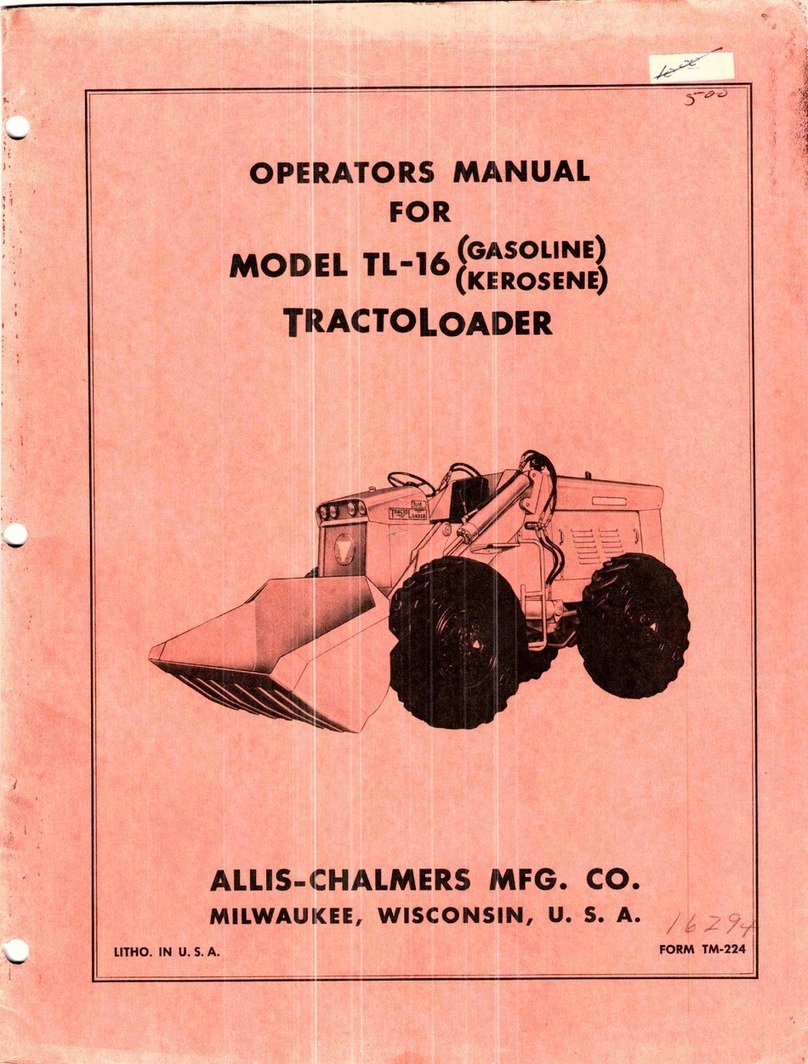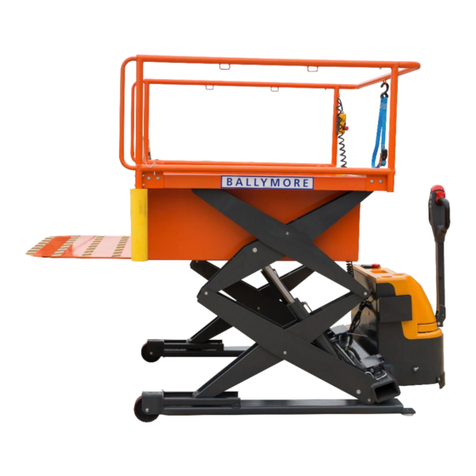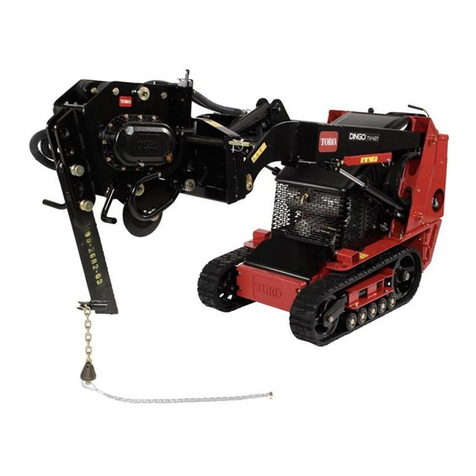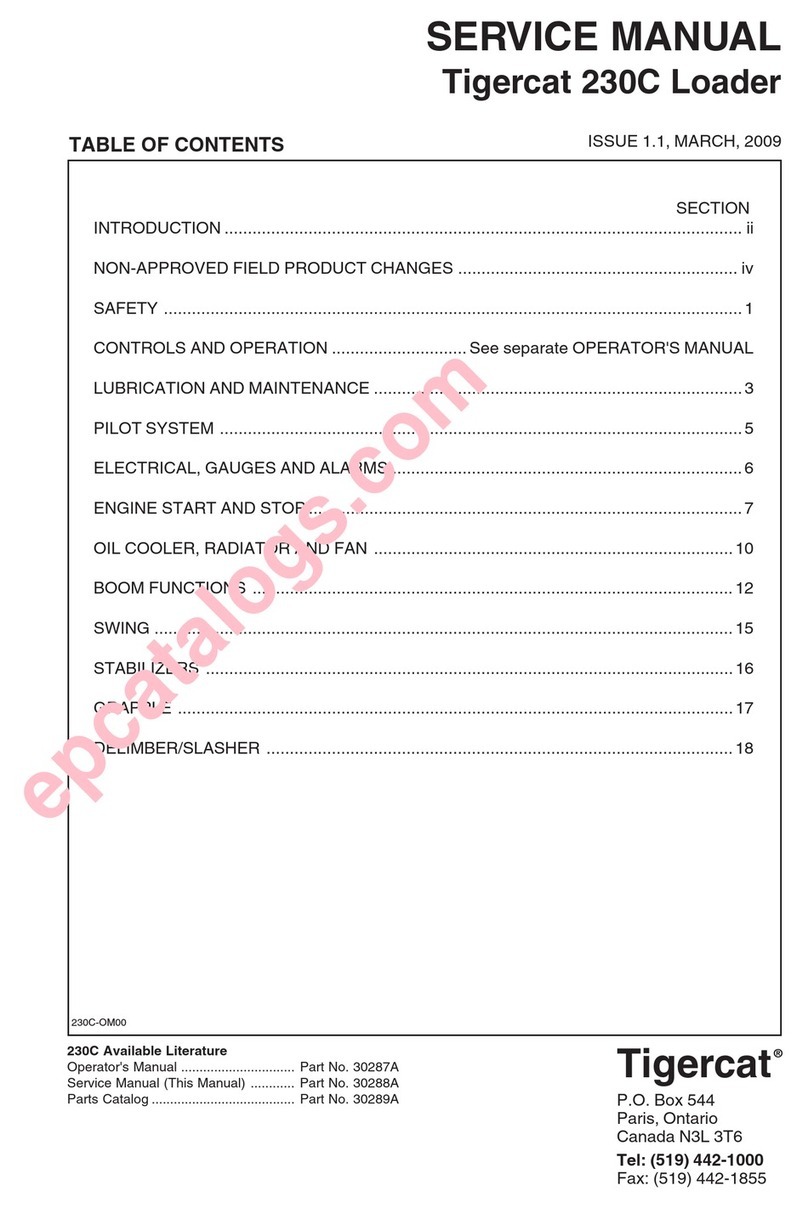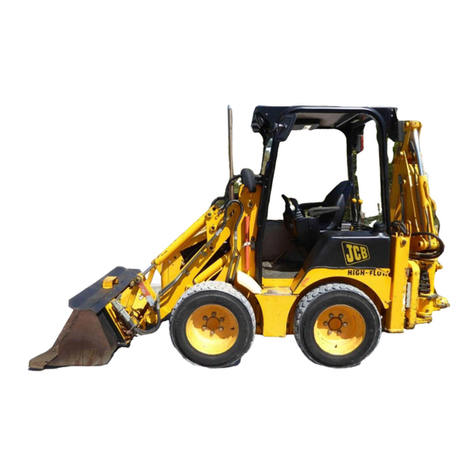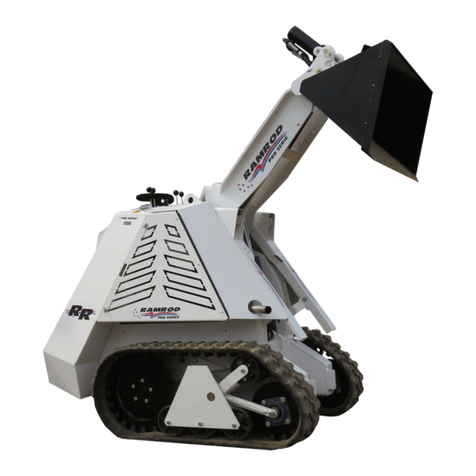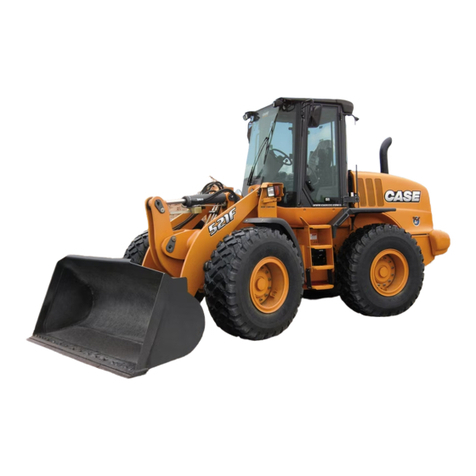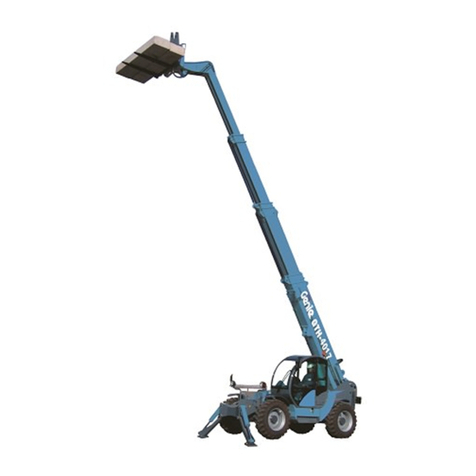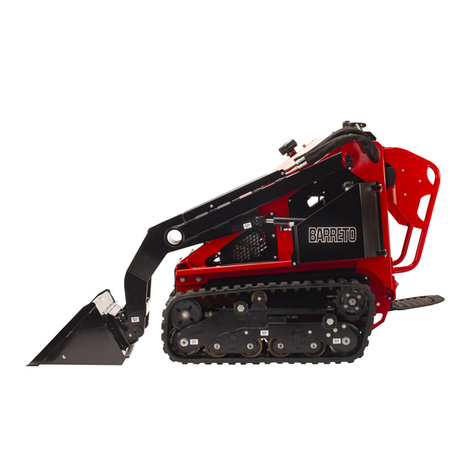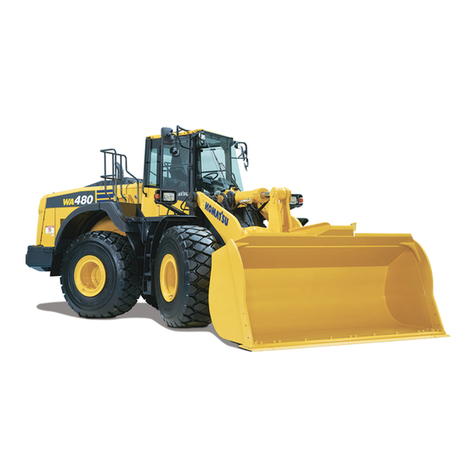
Never use compressed air to blow dust, filing, dirt, etc., away from your work area unless the correct type of
nozzle is fitted.
Compressed air is not a cleaning agent, it will only move dust, etc., from one place to another. Look around
before using an air hose as bystanders may get grit into their eyes, ears or skin.
• Hand Tools
Many cuts, abrasions and injuries are caused by defective tools. Never use the wrong tool for the job, as this
generally leads either to some injury, or to a poor job.
Never use
- A hammer with a loose head or split handle.
- Spanners or wrenches with splayed or worn jaws.
- Spanners or files as hammers; or drills, clevis pins or bolts as punches.
For removing or replacing hardened pins use a copper or brass drift rather than a hammer.
For dismantling, overhaul and assembly of major and sub components, always use the Special Service Tools
recommended. They will reduce effort, labor and repair cost.
Always keep tools clean and in good working order.
• Electricity
Electricity has become so familiar in day to day usage, that it s potentially dangerous properties are often over-
looked. Misuse of electrical equipment can endanger life.
Before using any electrical equipment - particularly portable applicances - make a visual check to make sure
that the cable is not worn or frayed and that the plugs, sockets, etc., are intact. Make sure you know where
the nearest isolating switch for your equipment is located.
GENERAL CONSIDERATIONS
• Solvents
Use only cleaning fluids and solvents that are known to be safe. Certain types of fluids can cause damage to
components such asseals,etc., and can causeskin irritation. Useonly solvents that are suitable for the cleaning
of components and parts, and that do not affect the personal safety of the user.
• Housekeeping
Many injuries result from tripping or slipping over, or on, objects or material left lying around by a carelessworker.
Prevent these accidents from occurring. If you notice a hazard, don't ignore it - remove it.
A clean, hazard-free place of work improves the surroundings and daily environment for everybody.
• Fire
Fire has no respect for persons or property. The destruction that a fire can cause is not always fully realized.
Everyone must be constantly on guard.
- Extinguish matches/cigars/cigarettes, etc., before throwing them away.
- Work cleanly, disposing of waste material into proper containers.
Locate the fire extinguishers and find out how to operate them.
Do not panic - warn those near and raise the alarm.
Do not allow or use an open flame near the tractor fuel tank, battery or component parts.
• First Aid
vi
In the type of work that mechanics are engaged in, dirt, grease, fine dusts, etc., all settle upon the skin and
clothing. If a cut, abrasion or burn is disregarded it may be found that a septic condition has formed within
a short time. What appearsat first to be trivial could become painful and injurious. It only takes a few minutes
to have a fresh cut dressed, but it will take longer if you neglect it. Make sure you know where the First Aid
box is located.
Find manuals at https://best-manuals.com
